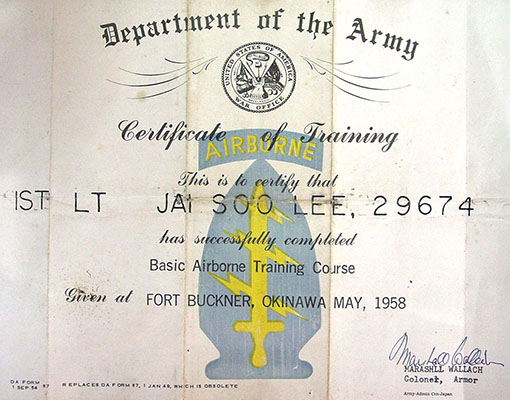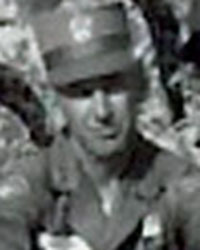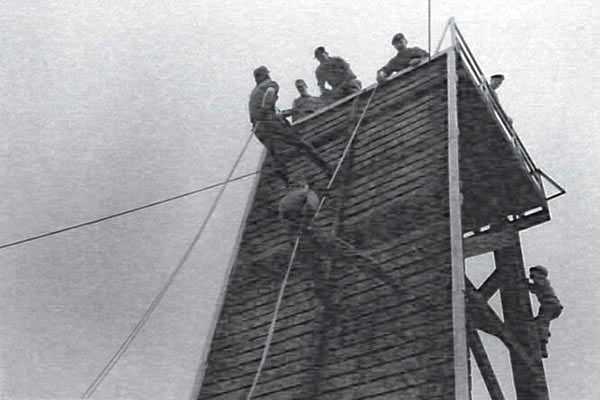DOWNLOAD
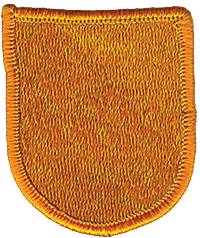
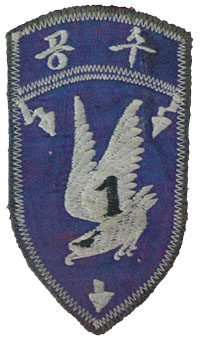
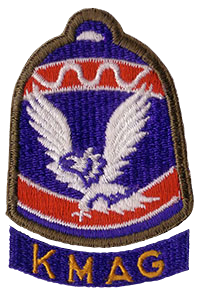
The U.S. Army Special Forces’ relationship with the Republic of Korea is almost as old as Special Forces itself. In 1953, seventy graduates (officers and noncommissioned officers) of the second and third Special Forces qualification course were sent to Korea as individual replacements to the 8240th Army Unit, which was the backbone of U.N.-sponsored partisan operations during the war. That U.S. Army Special Forces presence ended shortly after the armistice, but the necessity to train foreign soldiers in unconventional warfare to combat insurgencies in the Pacific region did not.1
Wars of national liberation were being fought in countries of Southeast Asia and the southwest Pacific during the 1950s. The French had been fighting the Viet Minh in Indochina while the new Philippines government had been combating a HUK rebellion since 1946. The Viet Minh victory at Dien Bien Phu marked the beginning of the end of French colonialism in Indochina and by the end of 1955, the HUK revolt had been put down.2 Unrest in Indonesia emphasized the “domino theory” of Communist aggression during the Cold War. With 10th Special Forces Group focused on postwar Europe, the 77th SFG was initially responsible for the rest of the world. The 77th SFG spawned the 7th SFG oriented to Latin America and the 14th SF Operational Detachment (14th SFOD) for the Pacific region. The Army’s Special Forces, still in their infancy, were spread thin.
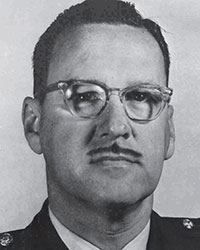
The decision to provide dedicated unconventional warfare support to American allies in the Pacific was made in 1956. In April of 1956, four regionally oriented Special Forces detachments were formed: the 14th Special Forces Operational Detachment (Area) (Airborne) (SFOD) at Fort Bragg, North Carolina; the 16th Special Forces Detachment (District B) (Airborne) with its two subordinate elements, the 12th and 13th Special Forces Detachments (Regimental) (Airborne) at Camp Drake, Japan. All four detachments were classified and had a cover designation: the 14th SFOD was openly referred to as the 8251st Army Unit and the other three SF detachments were collectively the 8231st Army Unit. All four detachments were ultimately assigned to 1st Special Forces Group when it was activated in June 1957 on Okinawa, Japan.3

